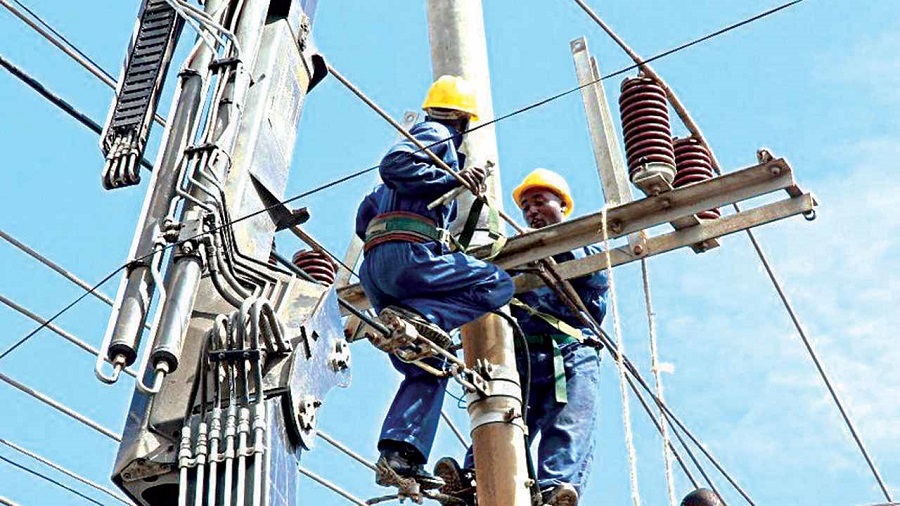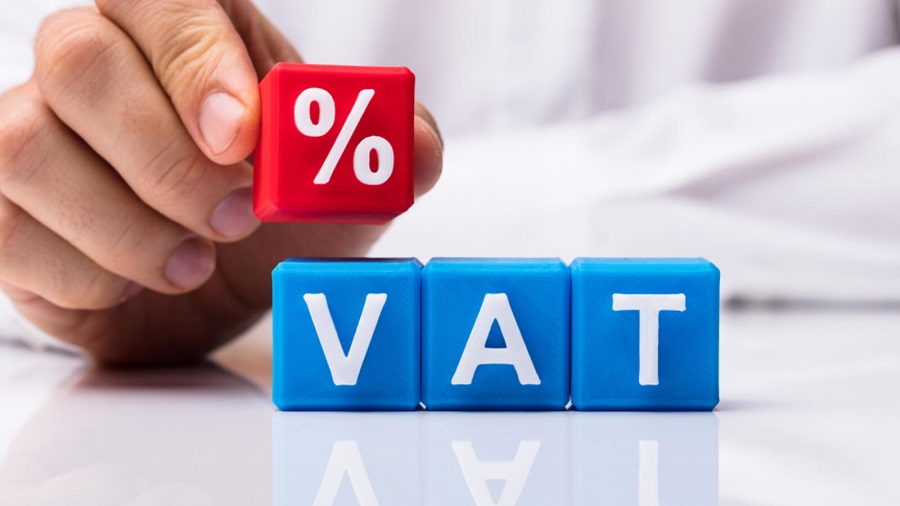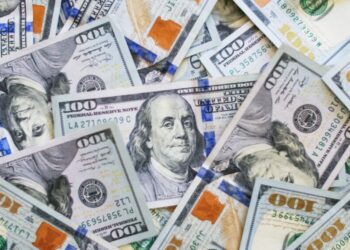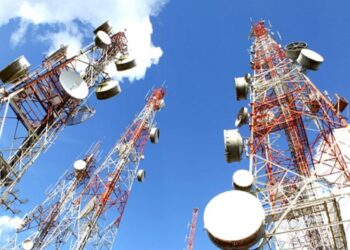Electricity distribution companies (DisCos) in Nigeria generated a sum of N761.2 billion as revenue in 2021, an increase of 44.5% compared to N526.8 billion recorded in the previous year. This is according to data recently released by the National Bureau of Statistics (NBS).
Meanwhile, electricity bill in 2021 grew by 5.98% to 23,360.59 Gigawatts hour (Gwh), from 22,042.28Gwh recorded in 2020. Similarly, the number of metered customers rose by 36.2% from 3.51 million recorded in 2020 to 4.77 million customers in the review year.
On the other hand, estimated billing customers decreased from 6.86 million to 5.74 million in 2021, representing a year-on-year decline of 16.32%. Notably, Ikeja Electric Distribution Company (IEDC) generated the highest revenue in the year under review at N155.01 billion, while Yola Electricity Distribution Company generated the least revenue of N9.8 billion.
Notably, the proportion of metered customers increased from 33.8% recorded in 2020 to 45.4% in 2021, due to mass metering initiative embarked on by the government in the past year.
The Nigerian government has intensified efforts to support the electricity industry in recent times in a bid to ensure that Most Nigerian customers are metered. According the CBN governor, Godwin Emefiele during his last MPC briefing, the apex bank disbursed a sum of N4708 billion for the procurement and installation of 865,956 meters.
“To improve electricity supply in order to lower the overall cost of production in the real sector, the Bank also intervened in the power sector to facilitate the deployment of enabling infrastructure. Summarily, the sum of N2.53 billion was disbursed to Distribution Companies (DisCos) for their Operational Expenditure (OpEx) and Capital Expenditure (CapEx), under the Nigeria Electricity Market Stabilization Facility – Phase 2 (NEMSF-2).
“Cumulative disbursement under the NEMSF-2 currently stands at N254.46 billion. Under the National Mass Metering Programme (NMMP), the Bank disbursed N47.82 billion for the procurement and installation of 865,956 meters across the country,” Emefiele said.
The total number of customers increased marginally by 1.4% to 10.51 million in 2021 from 10.37 million in the previous year, largely due to the 12.5% and 13.8% declines recorded in the customer base of Abuja and Ikeja Electricity Distribution companies.
Meanwhile, Ibadan Electric recorded the highest number of estimated bills as of December 2021 at 1.3 million customers, followed by Enugu with 726,176, while Ikeja Electric recorded the lowest at 248,055.
DisCos by their revenue – 2021
- Ikeja Electricity Distribution Company (IEDC), led the list with a revenue of N155.01 billion, a 51.8% growth compared to N102.1 billion generated in the previous year, after billing a total of 4,088.62Gwh of energy in the review year.
- Eko Electricity Distribution Company (EKEDC) followed with a revenue of N119.88 billion, an improvement of 47.3% compared to N81.39 billion generated in the previous year. The company billed a total of 3,159.2Gwh of energy.
- In the same direction, Abuja Electricity Distribution Company (AEDC) recorded a total revenue of N117.44 billion in 2021, representing an appreciation of 48.6% when compared to N79.03 billion generated in 2020. A total of 2,677Gwh of energy was billed in the review period.
- Other DisCos include Ibadan Electricity Distribution Company with N89.59 billion, Enugu’s EEDC (N69.14 billion), Benin’s BEDC (N51.99 billion), Kano’s KEDC (N46.67 billion), Port Harcourt’s PEDC (N46.67 billion), Kaduna’s KDEDC (N30.38 billion), Jos’ JEDC (N24.59 billion), and Yola’s YEDC (N9.8 billion).
Why this matters
The distribution companies all recorded growth in their top line apart from Yola Electricity Distribution Company, which posted a 7.9% decline in its revenue. Meanwhile, the increase in the revenue of the other companies was due to an increase in electricity tariffs considering that the amount of energy billed did not increase in the same level as the revenue.
Also, a critical look at the diagram, displaying their revenue vis-a-vis their number of metered customers, shows a positive correlation between the metering and revenue, a cue for discos to intensify their metering process in order to reduce estimated billing and eventually boost revenue.




















